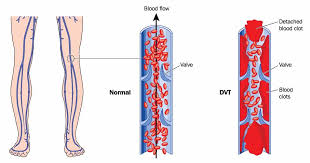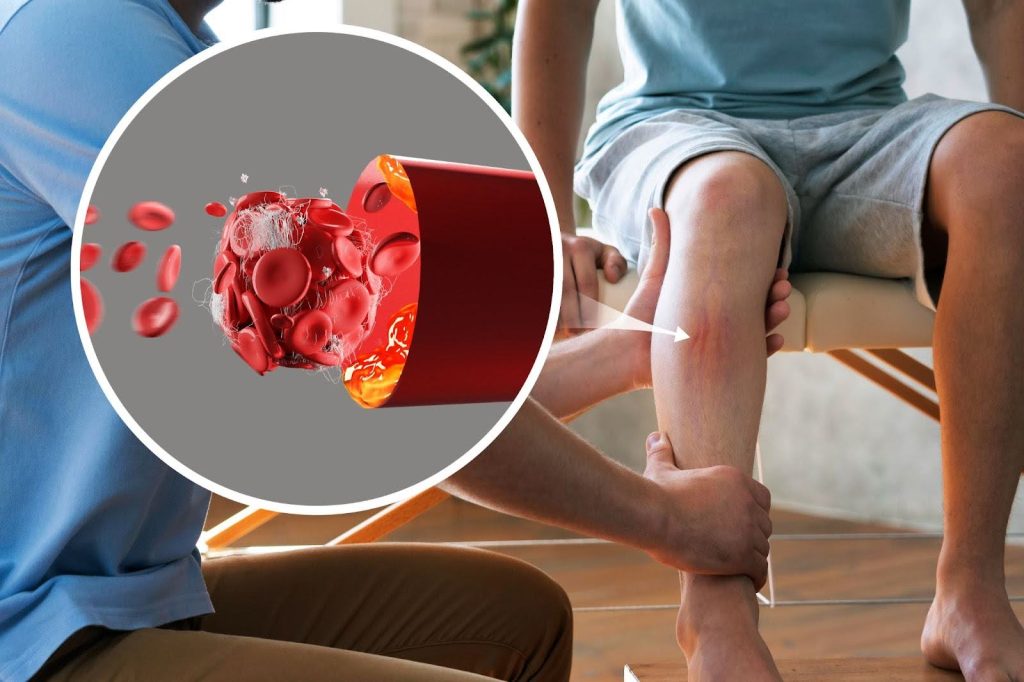

Deep Vein Thrombosis (DVT) is a serious medical condition that occurs when a blood clot forms in a deep vein, typically in the legs. It can cause pain, swelling, and redness in the affected area, and is a major concern because it can lead to complications such as pulmonary embolism, where a clot breaks loose and travels to the lungs, blocking blood flow.
Causes
DVT can occur for a variety of reasons, often related to situations that reduce blood flow or increase blood clotting, including:- Prolonged periods of inactivity, such as sitting during long flights or being bedridden after surgery.
- Certain medical conditions or treatments that affect blood clotting, including cancer, heart disease, and hormone therapy.
- Injury or surgery, particularly involving the legs, hips, or abdomen.
- Pregnancy and the postpartum period, due to increased pressure in the veins of the pelvis and legs.
- Genetic factors that increase blood clotting tendency.
Risk Factors
Several factors can increase the risk of developing DVT:- Age (risk increases as you get older, particularly over 60)
- Obesity
- Smoking
- Family history of DVT or clotting disorders
- Taking estrogen-based medication, such as birth control pills or hormone replacement therapy
- Having a catheter placed in a vein
Symptoms
Symptoms of DVT in the leg include:- Swelling in the foot, ankle, or leg, usually on one side
- Cramping pain in the affected leg that typically begins in the calf
- Severe, unexplained pain
- Warmth and tenderness over the vein
- Skin redness or discoloration
Diagnosis
Diagnosing DVT typically involves a combination of physical examination and diagnostic tests:- Ultrasound: The most common test for diagnosing deep vein thrombosis, which uses sound waves to create images of blood flow in the veins.
- D-dimer test: Measures a substance in the blood that is released when a blood clot breaks up. High levels may suggest the presence of an abnormal clot.
- Venography: An X-ray test where a contrast dye is injected into a large vein in your foot or ankle to show how blood flows through your veins.
- CT or MRI scans: These can provide visual images of the veins and might be used if ultrasound results are unclear.
Treatment
Treatment for DVT aims to prevent the clot from growing and to reduce the risk of further clots:- Anticoagulants: Also known as blood thinners, these are the most common medications used for treating DVT. They can decrease the ability of blood to clot.
- Thrombolytics: These drugs can dissolve clots but are reserved for more severe cases due to the risk of bleeding.
- Compression stockings: Help prevent swelling associated with DVT and reduce the chance of complications from blood pooling in the veins.
- Filters: In some cases, a filter may be placed in the vena cava (the large vein that returns blood from the body to the heart) to trap clots before they reach the lungs, used in patients who cannot take anticoagulants.
